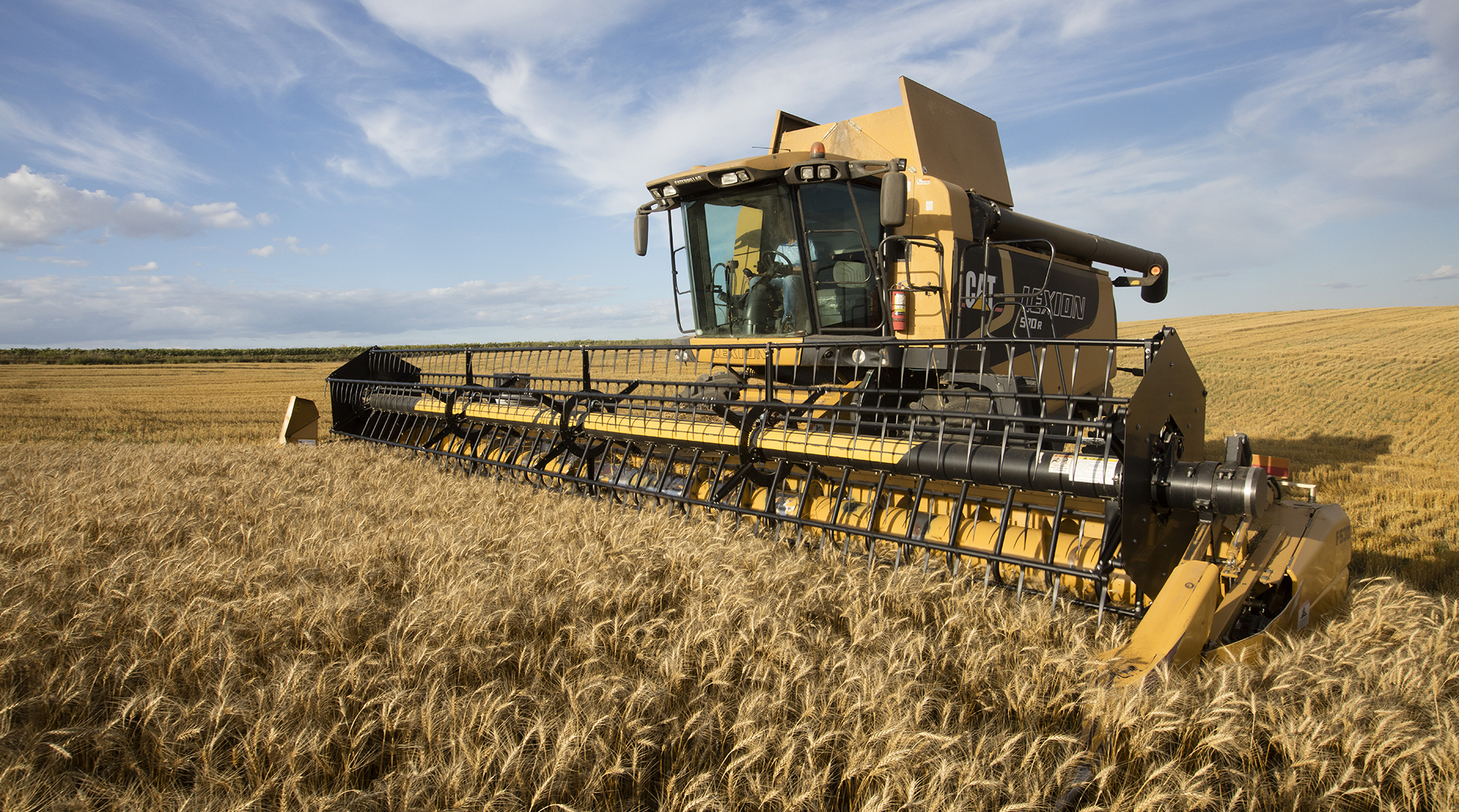Where does your food come from?
If you're like many Americans, the answer is the grocery store.
The grocery store isn't where food comes from - it's where it's distributed from. In reality, far too many people are unaware of the role American agriculture plays in their daily lives and what it takes to have food on their dinner table.
Just a few generations ago, most people were a part of - and had friends or relatives involved with - agriculture. Today, that's no longer the case. But everyone still needs to understand that agriculture is responsible for providing the necessities of life: food, fiber, clothing, and shelter.
American farmers are working harder than ever, and it shows. Today, each American farmer feeds more than 155 people. And the need for food produced in the United States is dramatic. Agriculture is this nation's #1 export and vitally important in sustaining a healthy economy.
And it's not just the farmer who makes our food possible. The entire agriculture industry, all the way to the grocery store, are vital links in a chain that brings food to every citizen - and millions of people abroad.
Frankly, it's easy to take agriculture for granted in America. Our food is readily accessible and safe. For this, we're unbelievably fortunate. But that doesn't mean we don't have an obligation to recognize how it's made possible.
March 20 is National Ag Day, hosted by the Agriculture Council of America. Ag Day is a good time to reflect - and be grateful for - American agriculture! Read more food for thought on the Ag Day blog.
And feel free to share some of these interesting farm facts with your family and friends!
- 2.1 million farms dot America’s rural landscape. About 99 percent of U.S. farms are operated by families – individuals, family partnerships or family corporations. America's Diverse Family Farms, 2016 Edition.
- The global population is expected to increase to 9.7 billion by 2050, which means the world’s farmers will have to grow about 70 percent more food than what is now produced.
- The United States sells more food and fiber to world markets than we import, creating a positive agricultural trade balance.
- Farmers and ranchers receive only 16 cents out of every dollar spent on food at home and away from home. The rest goes for costs beyond the farm gate: wages and materials for production, processing, marketing, transportation and distribution. In 1980, farmers and ranchers received 31 cents.
- The millennial generation (people aged 34 and under) includes 257,454 farmers. More than 20 percent of all farmers are beginning farmers (in business less than 10 years).
- The pounds of feed (grain, forage, etc.) a dairy cow needs to eat to produce 100 pounds of milk has decreased by more than 40 percent on average in the last 40 years.
- Total U.S. corn yield (tons per acre) has increased more than 360 percent since 1950.
- Women make up 30 percent (969,672) of the total number of U.S. farmer operators.
- Cattle and calves, corn, and dairy products are the top 3 U.S. farm products.
- Americans enjoy a food supply that is abundant, affordable overall and among the world’s safest, thanks in large part to the efficiency and productivity of America’s farm and ranch families.
Meet a few North Dakota farmers and ranchers and watch as they share why they farm.
